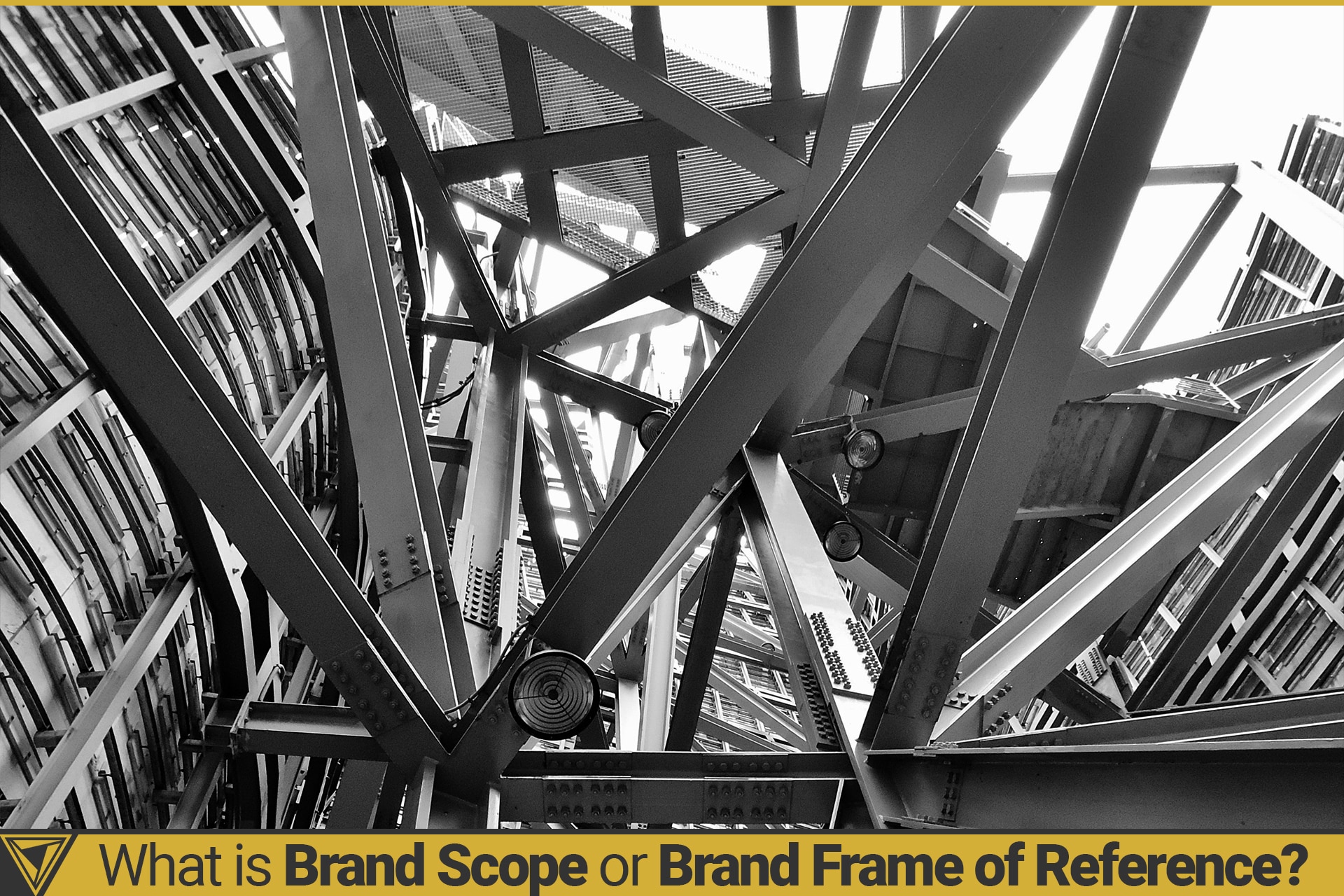The definition of brand scope or brand frame of reference is what customers expect from your brand.
 Have you had an experience like this? Let me know in the comments. I was shopping at Costco and pulled into the relatively quiet towel aisle because my toddler was disruptive. I noticed that they had a six pack of hand towels in a beautiful design that would match the appliances in my kitchen. I picked one up, and the brand was KitchenAid. It seemed odd that KitchenAid would make towels, but I thought “they are towels for the kitchen, I suppose it makes sense.”
Have you had an experience like this? Let me know in the comments. I was shopping at Costco and pulled into the relatively quiet towel aisle because my toddler was disruptive. I noticed that they had a six pack of hand towels in a beautiful design that would match the appliances in my kitchen. I picked one up, and the brand was KitchenAid. It seemed odd that KitchenAid would make towels, but I thought “they are towels for the kitchen, I suppose it makes sense.”
The reason I reacted this way is that hand towels were right at the edge of the brand frame of reference I have for KitchenAid. In fact, it was half in and half out; I expect KitchenAid to make kitchen product, but I do not expect them to make textiles.
Brand scope or brand frame of reference: the set of products, services, communications and actions that stakeholders expect from an organization.
People limit what they expect from a brand. They put restrictions on what goods and services they would expect from a brand because they assign an expertise and credibility in a certain domain. They limit what they expect a brand to say because the brand has a personality or voice. They limit actions they expect from a brand to narrow down what’s possible in the future.

You only need to know one thing about branding: people treat brands as they treat people. We expect certain actions and communications out of the people we know, and we know what not to expect out of them. It would be unsettling if anyone could do anything at any moment (such as in a mental health facility.)
We humans also assign credibility or expertise to other people. We value what people say or do within their domains of specialization. Words or actions out of their expertise are less valuable, and sometimes would be inappropriate. If you went to your property lawyer’s office to sign papers to buy a home, it would be odd of them to give decorating advice. At best, you would value their opinion less, and at worst, you would consider them strange.
If someone we think we know well does something that we do not expect of them, we would say this is “out of character.” If a brand has a product or service that customers do not expect of them, we would say this is “out of brand scope” or “out of the brand frame of reference.”
Chapman’s is a producer of ice cream and popsicles. They launched a popsicle that was not received well: “Electrolyte Enhanced Sport Lolly: Frozen Hydration.” A sweet treat manufacturer making an exercise aid? It was just a bridge too far. The sweet treat roots of the Chapman brand take away any credibility they would have with someone trying to get fit and healthy.
I would have advised them to not use the Chapman’s brand in the master brand strategy as they did. It is more of a liability than a help. They should have created a new brand (independent brand strategy), or better yet, licensed an existing athletic brand, ideally Powerade or Gatorade because sports popsicles would fall within their brand scope / brand frame of reference.
You can avoid exceeding your brand frame of reference or brand scope by defining it (eg. “frozen sweet treats” or “hydration for athletes”) in your brand documentation and create a culture where employees feel comfortable suggesting when something is outside the brand. But you need to keep in mind that the brand scope lies in the minds of consumers, just like your brand itself. You need to solicit feedback from your customers and potential customers to help you understand the limits of your brand.

Leave a Reply to MohammadHasanHasaniIrani Cancel reply